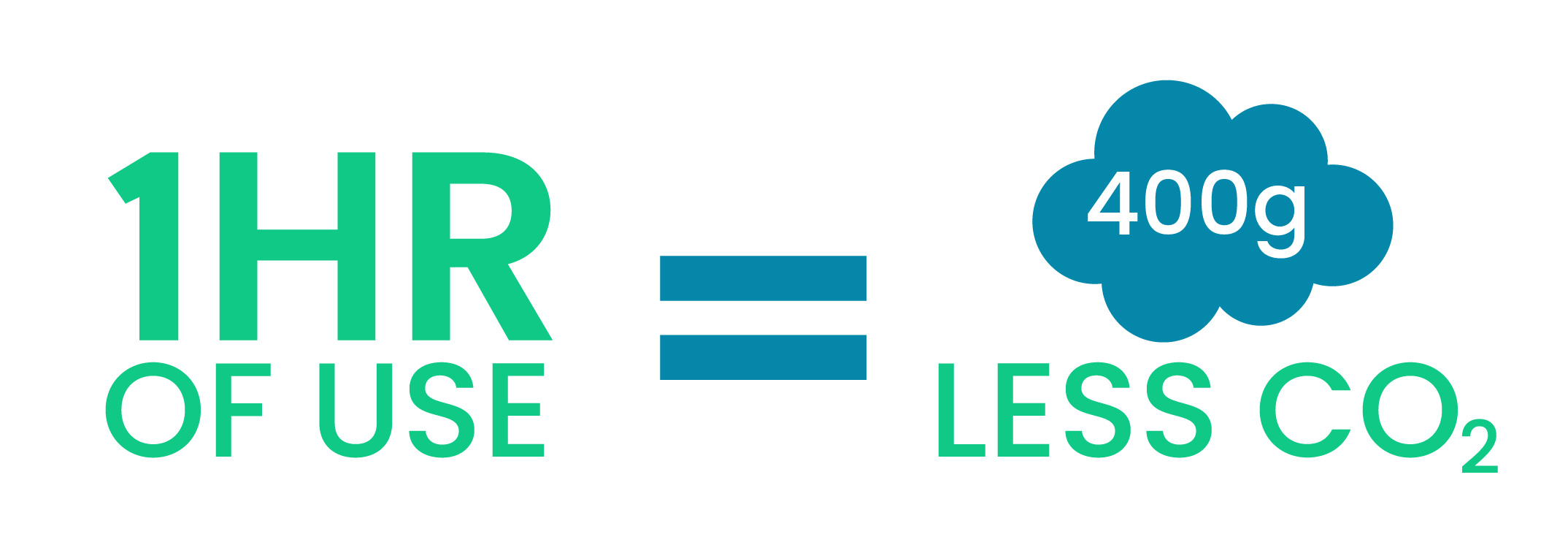Geoexchange System Benefits
The benefits of adopting geoexchange for your heating and cooling requirements include the following:
Increased Efficiency = Cost Savings
Geoexchange systems typically operate with a Coefficient of Performance (COP) of 4 to 5 for heating and 6 to 8 for cooling under all conditions, including temperature extremes. Save 25 to 50 percent on heating and cooling bills with a positive cash flow often achieved within the first year.

Increased Comfort
Smarter design, a high level of fan control and built in humidity control enable even air distribution, consistent space temperature, controlled humidity and reduced allergens – all providing a higher level of comfort for your home or building.

Reduced CO2 Emissions
For every 2.5 hours of use, a geoexchange system produces one kilogram less CO2 than a conventional HVAC system. For example, where the electrical source is a coal-fired power station, a 500kW conventional system discharges 550 tonnes of CO2 p.a. compared to 160 tonnes of CO2 p.a. for a geoexchange system.

Quiet Operation
Geoexchange systems have few moving parts and typically provide much quieter operation than conventional systems.
Increased Safety and Public Health
Geoexchange systems do not require a flue or chimney. Since there is no on-site combustion, there is less chance of fire and no chance of carbon monoxide spilling back into the building. The absence of cooling towers also eliminates the potential threat of Legionnaires disease.
Increased Design Flexibility
Discover optimal design flexibility with roofs, balconies and landscape free of chillers, air handlers and other outdoor equipment. No unsightly, noisy equipment such as split systems and cooling towers and a reduction in the load-bearing requirements of the roof structure. Air distribution ducts are reduced allowing for higher ceilings and reduced construction costs.
Increased Floor Space
With geoexchange systems, boiler rooms can be eliminated and the size of mechanical rooms can be significantly reduced. Less mechanical space (1%-3% of GFA) means more productive space and more design freedom.
Increased Reliability and Reduced Maintenance
Elimination of outdoor or rooftop equipment means the geoexchange system is not exposed to temperature extremes, dirt, pollution or vandalism. For this reason, they require less maintenance than conventional systems and retain their high efficiency over the years.
Reduced Base and Peak Load Demand
Using constant ground or water temperatures means that the geoexchange system does not contribute to the peak load problems associated with conventional air conditioning systems. This increased security of energy supply enables energy suppliers to better balance their load demands as well as minimise infrastructure requirements for remote areas.
Historical Buildings
With geoexchange systems being so flexible, they are ideal for renovating buildings with historical merit. Additionally, because the ground loop heat exchanger is completely invisible, there are no unsightly condensers on the roof or grounds to distract from the building’s historic charm.
Marketing Point of Difference
Knowledge of and experience with geoexchange systems can be an effective marketing tool for the green building professional.
